What is Selection Pressure?
 Michael Anissimov
Michael Anissimov
Selection pressure can be regarded as a force that causes a particular organism to evolve in a certain direction. It is not a physical force, but an interaction between natural variation in a species and factors in its environment that cause a certain form to have an advantage over the others. This can be thought of as a “pressure” that pushes the evolution of that organism toward a greater prevalence of this variation.
Evolution and Natural Selection
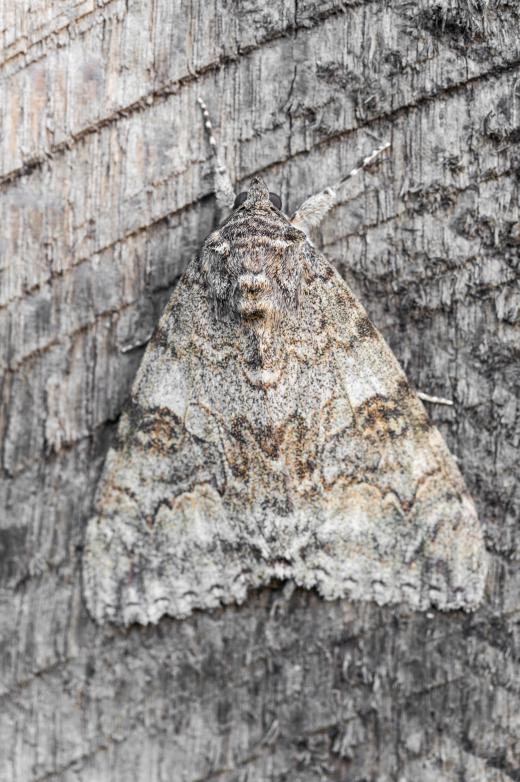
When organisms reproduce, random mutations can occur, which cause the offspring to vary in some way from their parents. These changes may be damaging, but they may sometimes give an advantage. For example, a change that allows an animal to run slightly faster may increase its ability to catch prey or to escape predators.
A favorable mutation may increase an individual’s chances of surviving long enough to reproduce and pass this new trait on to its offspring, and so it will become more common. Eventually, all members of the species may have this characteristic. Unfavorable mutations quickly disappear, as they are less likely to be passed on to the next generation.
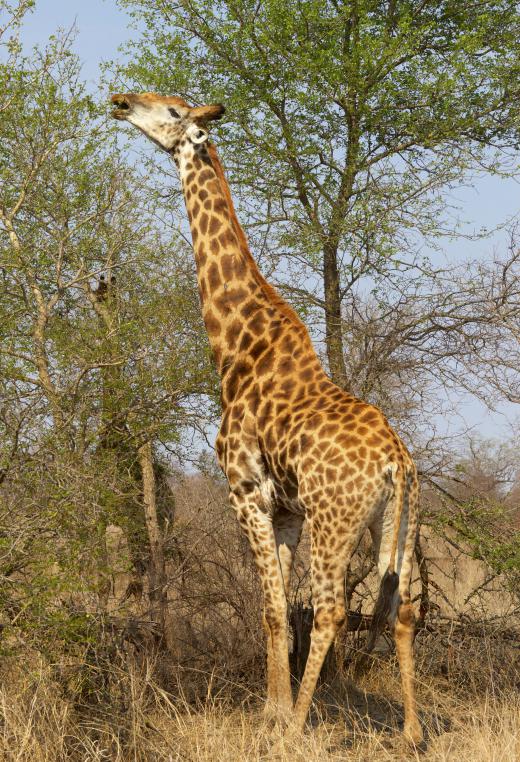
These changes in the populations of different forms of a species are known as natural selection: the form of a species that is best adapted to its environment is the one that survives. This is sometimes referred to as “survival of the fittest.” The term “fittest,” in this context, does not mean the strongest or fastest, but the variant that is the best fit for its environment. Strength and speed may play a role, but other factors, such as intelligence or coloration may be more important, depending on the circumstances. Natural selection is the outcome of selection pressures and drives evolution: as favorable mutations accumulate, organisms evolve into new species.
How Selection Pressures Operate
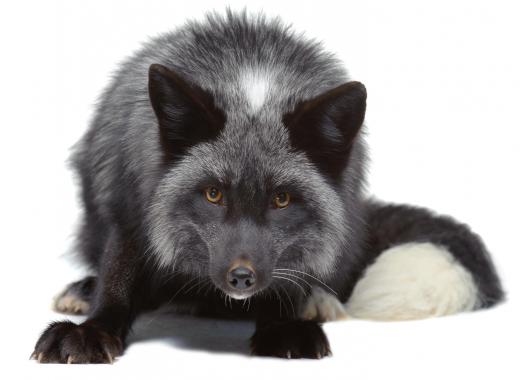
A selection pressure can derive from practically anything, as long as it acts in a relatively consistent fashion over reasonably long timeframes, and actually impacts the reproductive or survival rates of a species. Potential pressures may include availability of prey, presence of predators, environmental stresses, competition with other species — including humans — and competition between members of a species. In the eyes of evolution, the likelihood of reproduction is all that matters: if, for example, a certain predator only consumes old animals that are already incapable of reproducing, the predator will have no impact on the evolution of the prey species.
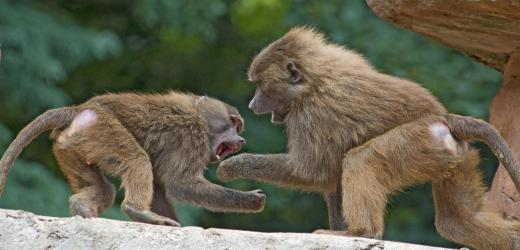
An organism’s color may affect its survival chances. For example, insects with colors that blend in to their surroundings are less likely to be seen by predators such as birds. A mutation that produces coloration similar to an insect’s usual background, for example, a green color in a species that spends most of its time eating the leaves of plants, will increase its chances of successful reproduction, and over a number of generations, this will become the normal form. Mutations that produce a different color will quickly disappear from the population.
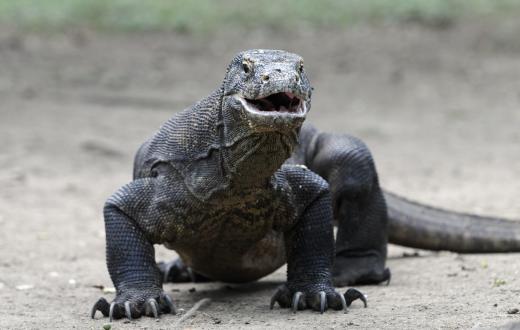
It is important to note that selection pressure has no intelligence, foresight, rhyme, or reason. Selection operates at individual, not species, level. A new adaptation does not appear "for the good of the species": it only becomes fixed in a population if it is good for each individual that has it, even if it collectively makes life worse for the species.
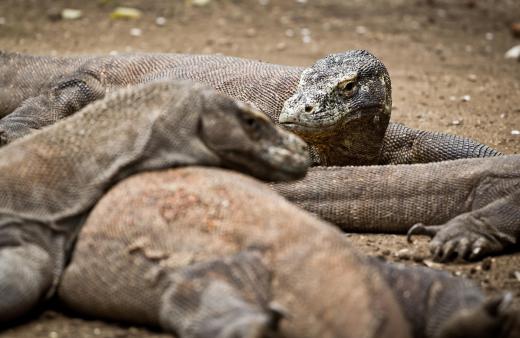
New adaptations can be partially self-destructive, as long as their net effect promotes the fitness of the organism. For example, Komodo Dragons bite down into their own gums with their sharp teeth when they feed, apparently increasing their likelihood of lethal infection. This, however also gives an advantage because the blood-saliva mix is an ideal environment for bacteria that infect their prey when they bite; the lizard can track a wounded animal until it dies from the infection, or is too weak to escape.
Selection pressure can operate more quickly than one might think, and this is especially true under conditions of selective breeding, when the pressure is intelligently applied by humans. One of the most striking examples is seen in a series of experiments by scientist Dmitri Belyaev that took place in the Soviet Union. The object was to domesticate the silver form of the red fox, and it was achieved in just 10 generations of selective breeding. These foxes lost their distinct musky smell, wagged their tails like domestic dogs, and showed no fear of humans, even licking their hands to show affection. Related experiments also produced a group of highly aggressive foxes that would leap at their cage walls ferociously when humans walked by.
Examples of Selection Pressure
A classic example of selection pressure in action is the case of the peppered moth. Until the middle of the 19th century, almost all specimens of this insect were light colored. It spent a lot of its time resting on tree trunks, and blended in well with the light colored lichens that grew there. In urban areas, however, industrial pollution began to kill off the lichens, and darken the tree trunks with soot. A dark form of the moth that was better camouflaged rapidly became more common, until almost all specimens collected in urban areas were dark.
Attempts by humans to control undesirable organisms can sometimes result in a selection pressure that leads to new forms that are resistant to the methods used. For example, insect pests that are resistant to insecticides, and weeds that are unaffected by herbicides have been seen to emerge. Some other examples of man’s influence are more worrying. The widespread use of antibiotics has resulted in some disease-causing bacteria to evolve into strains that are resistant to many of these compounds.
AS FEATURED ON:
AS FEATURED ON:
















Discussion Comments
What is a selective pressure and its relationship with differential reproduction?
Are selective pressures the same thing as selection pressures?
I was doing an assignment and it showed me the that what I had originally put down as Natural Variation was in fact Selection Pressures and not Natural Variation.
@elizabeth23, you bring up a good point. In addiction to the many kinds of selective pressures that can influence natural selection, another form of evolution pressure that has no bearing on "fitness" is a natural disaster. Whether you're talking about the death of the dinosaurs or just a flood wiping out a local forest ecosystem, something as simple as bad weather can change populations even more quickly than selection pressure can.
The entire theory of natural selection is clear, though people often get it wrong. Yes, evolution happens, but in the case of selection pressure and other forms of evolution causes, it has nothing to do with "survival of the fittest". Somebody survives, and therefore they are the fittest, but that has nothing to do with the actual gene flow.
Post your comments